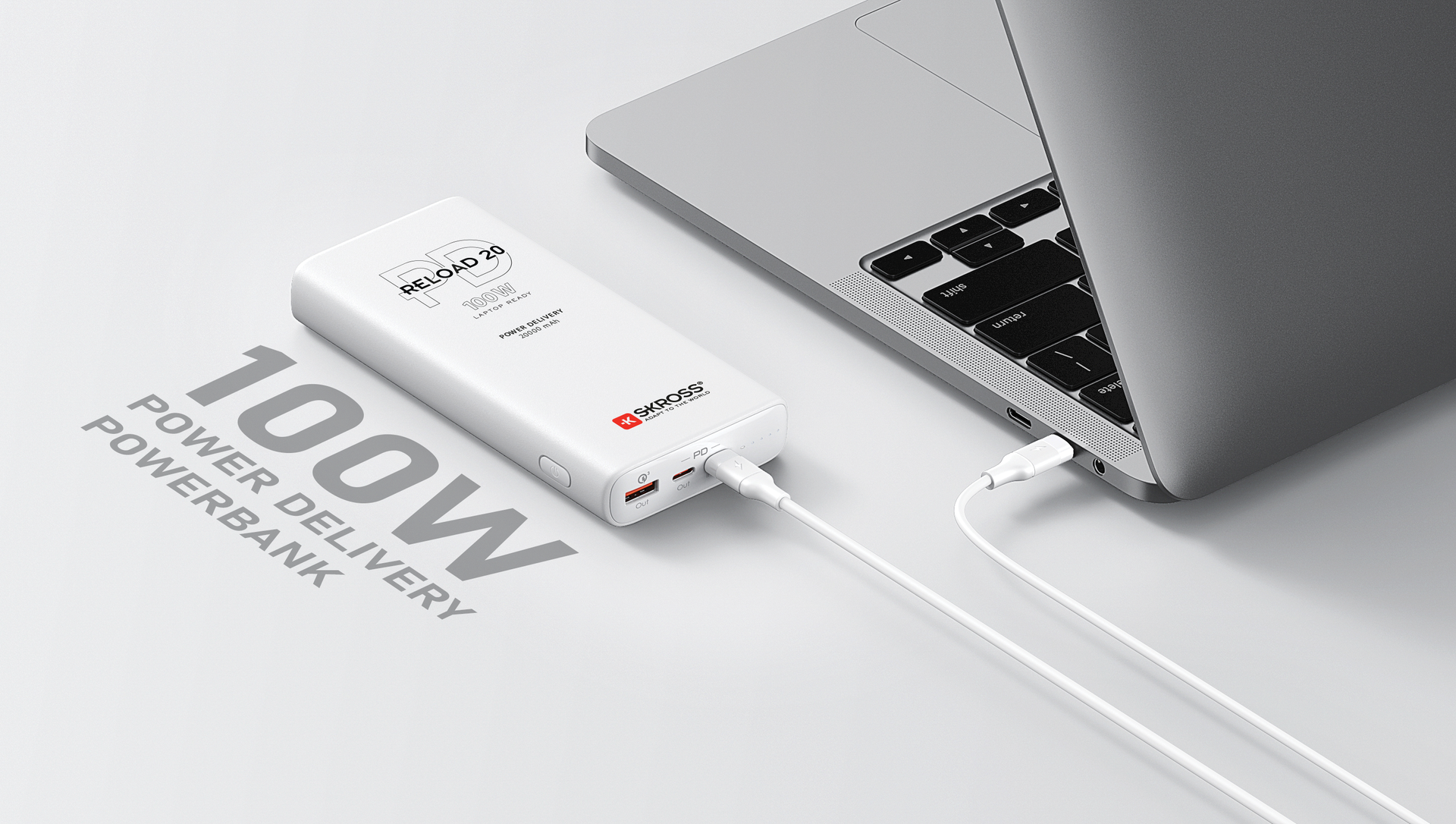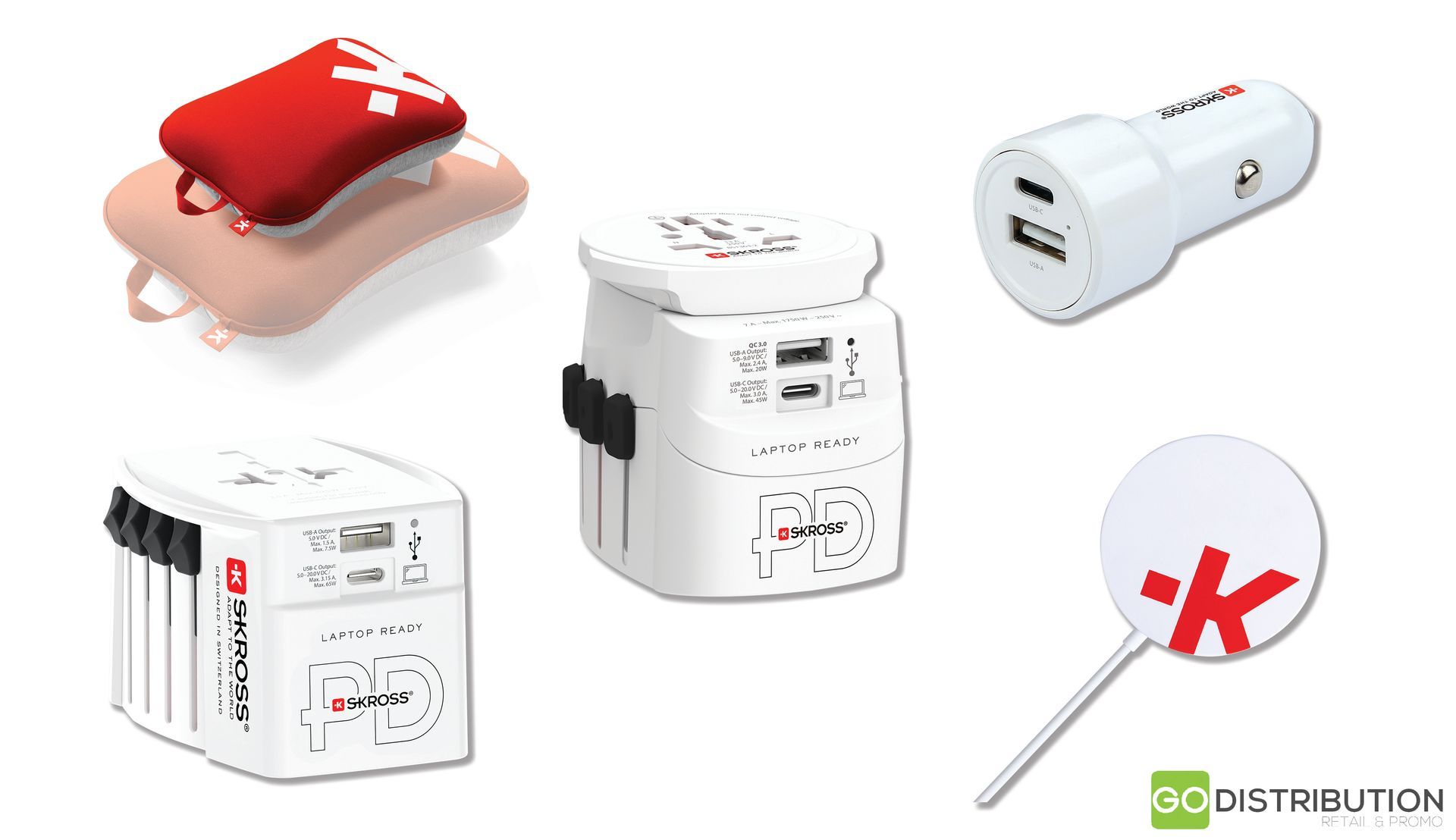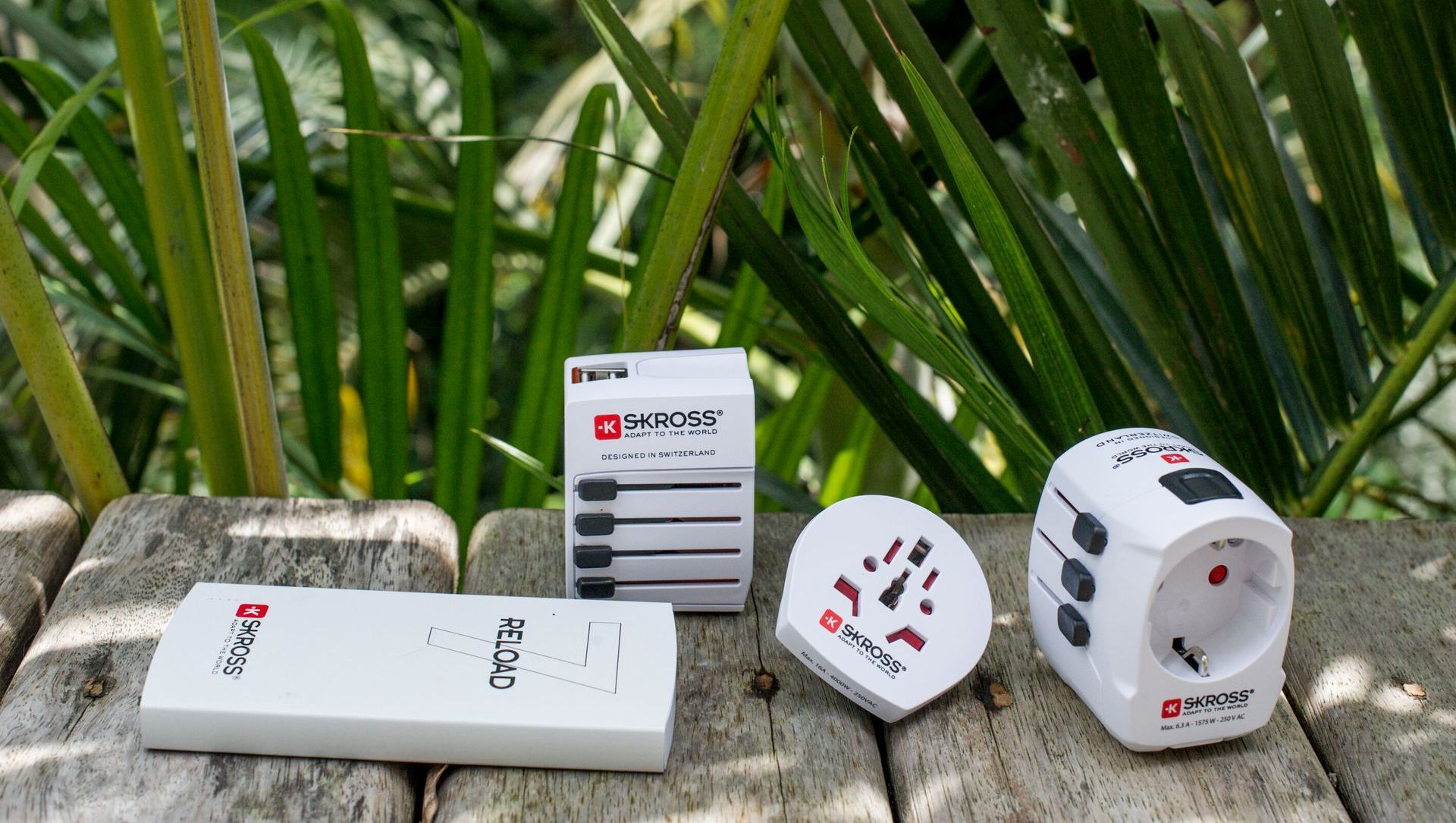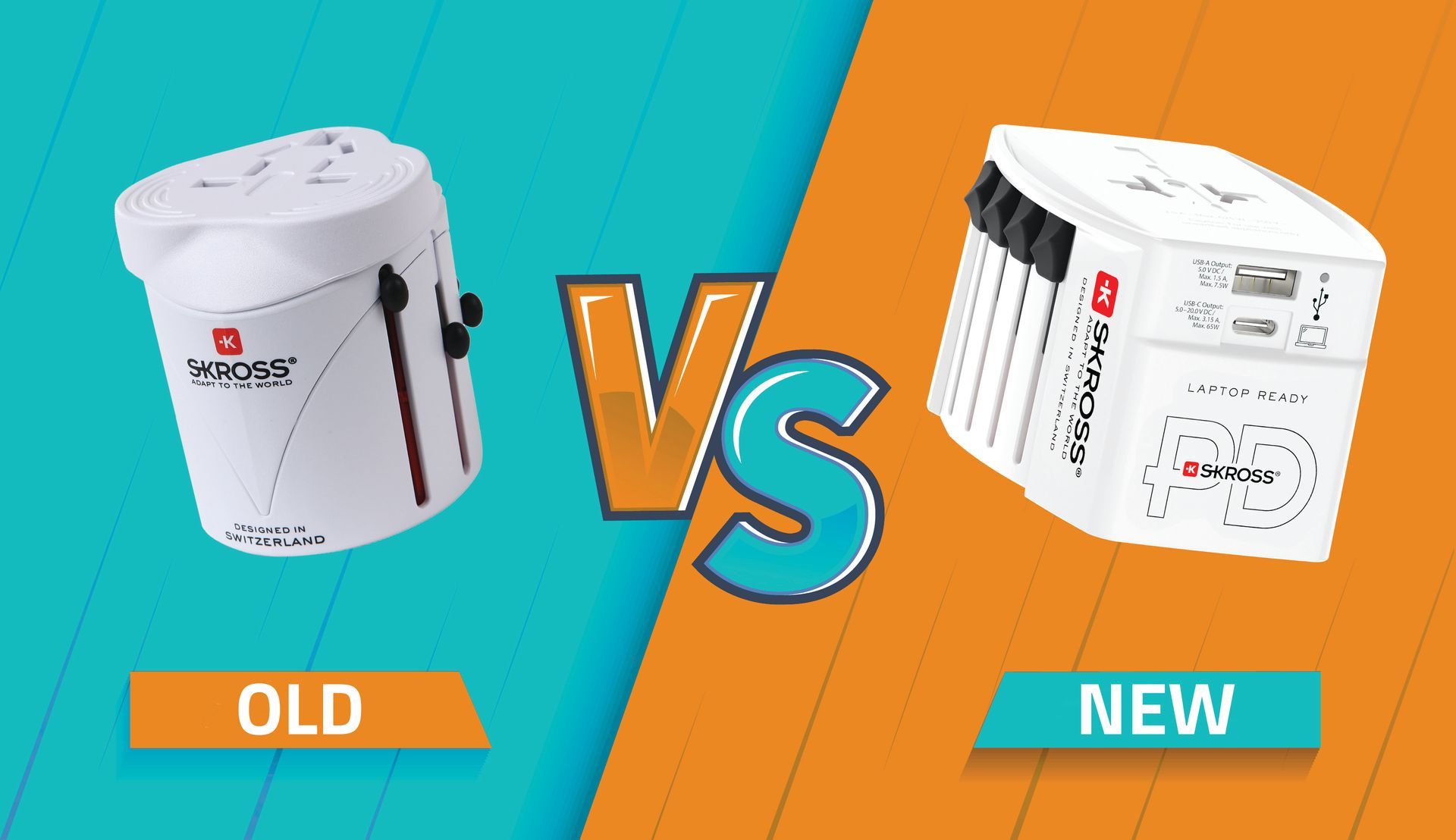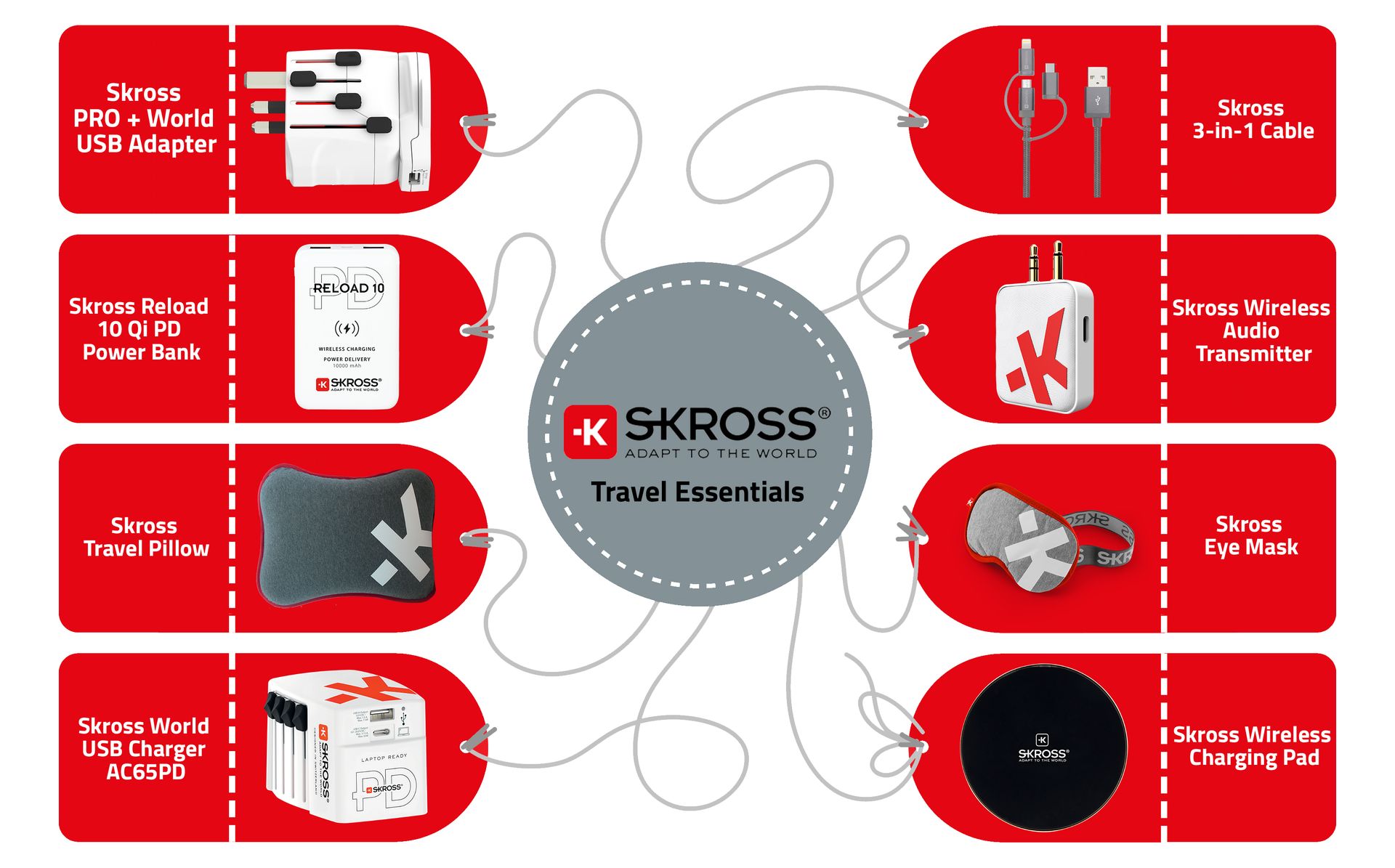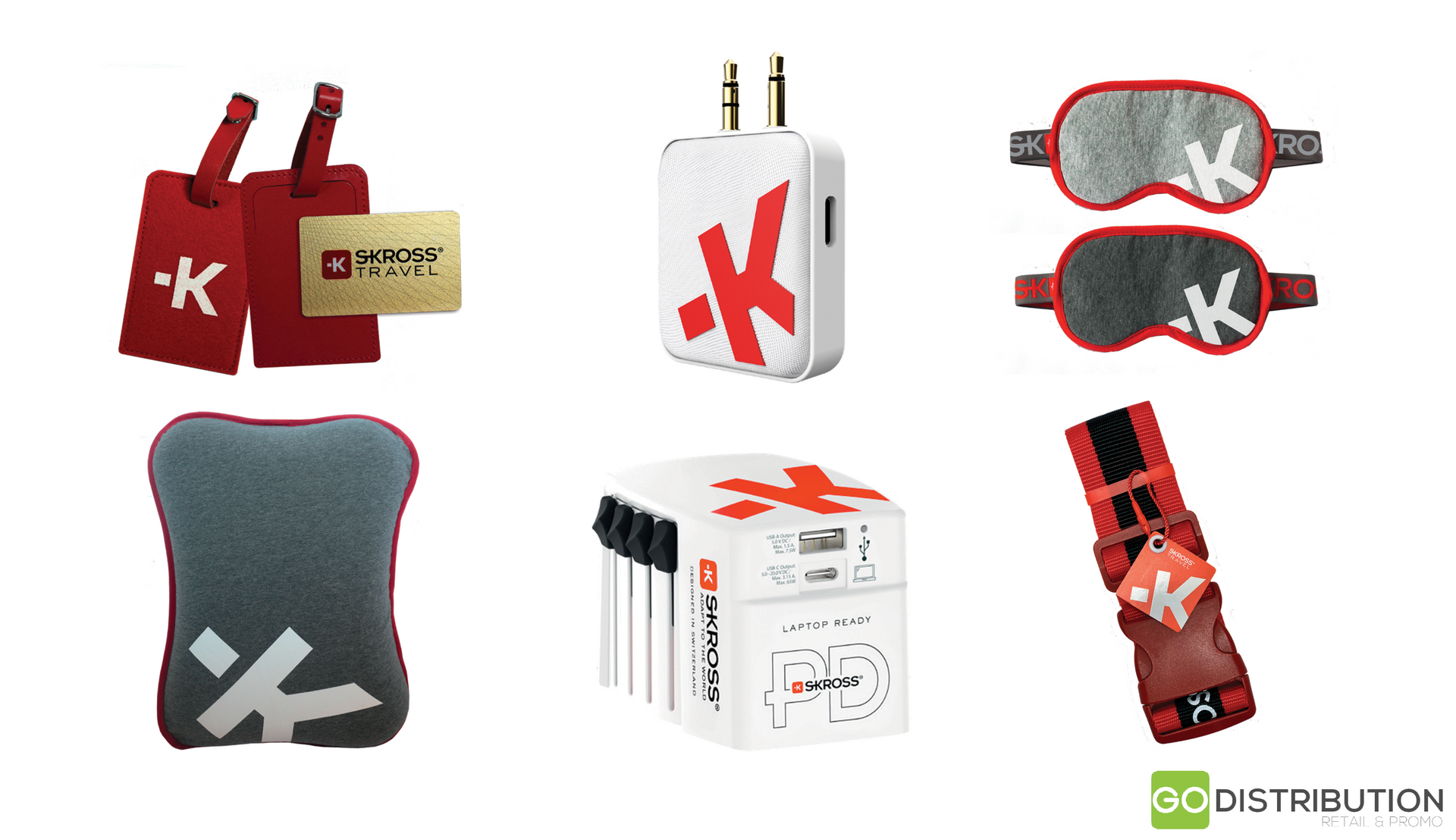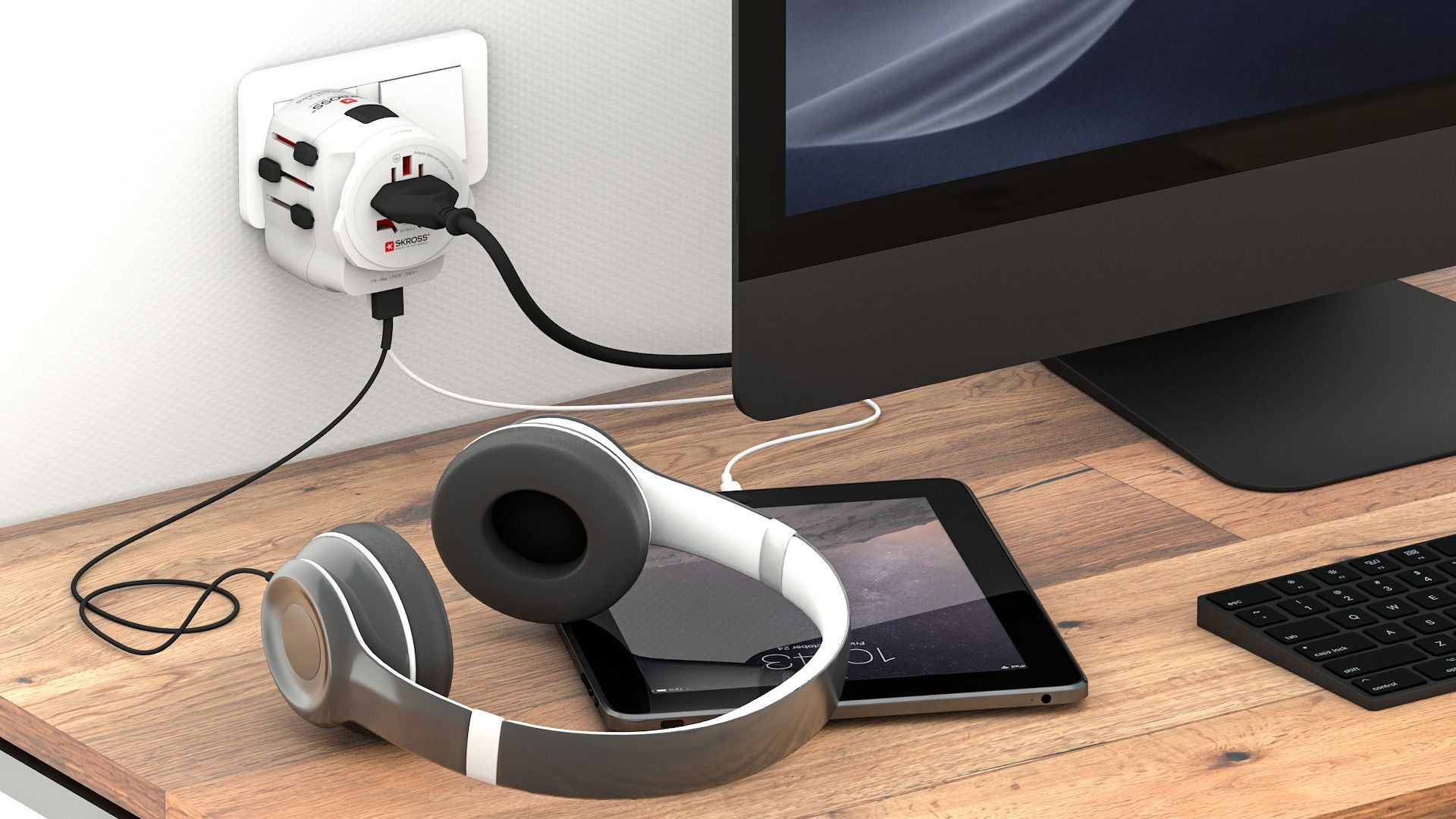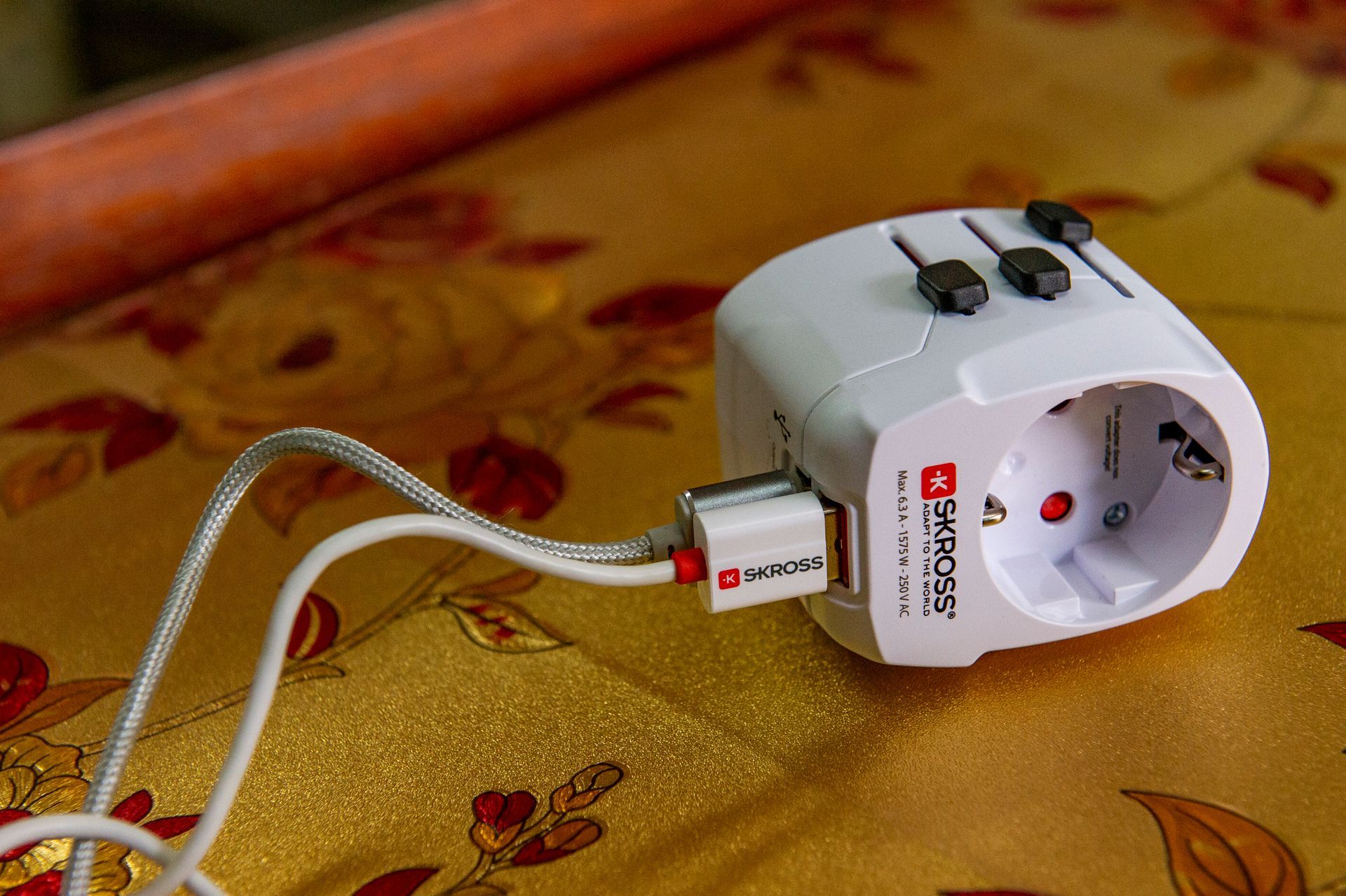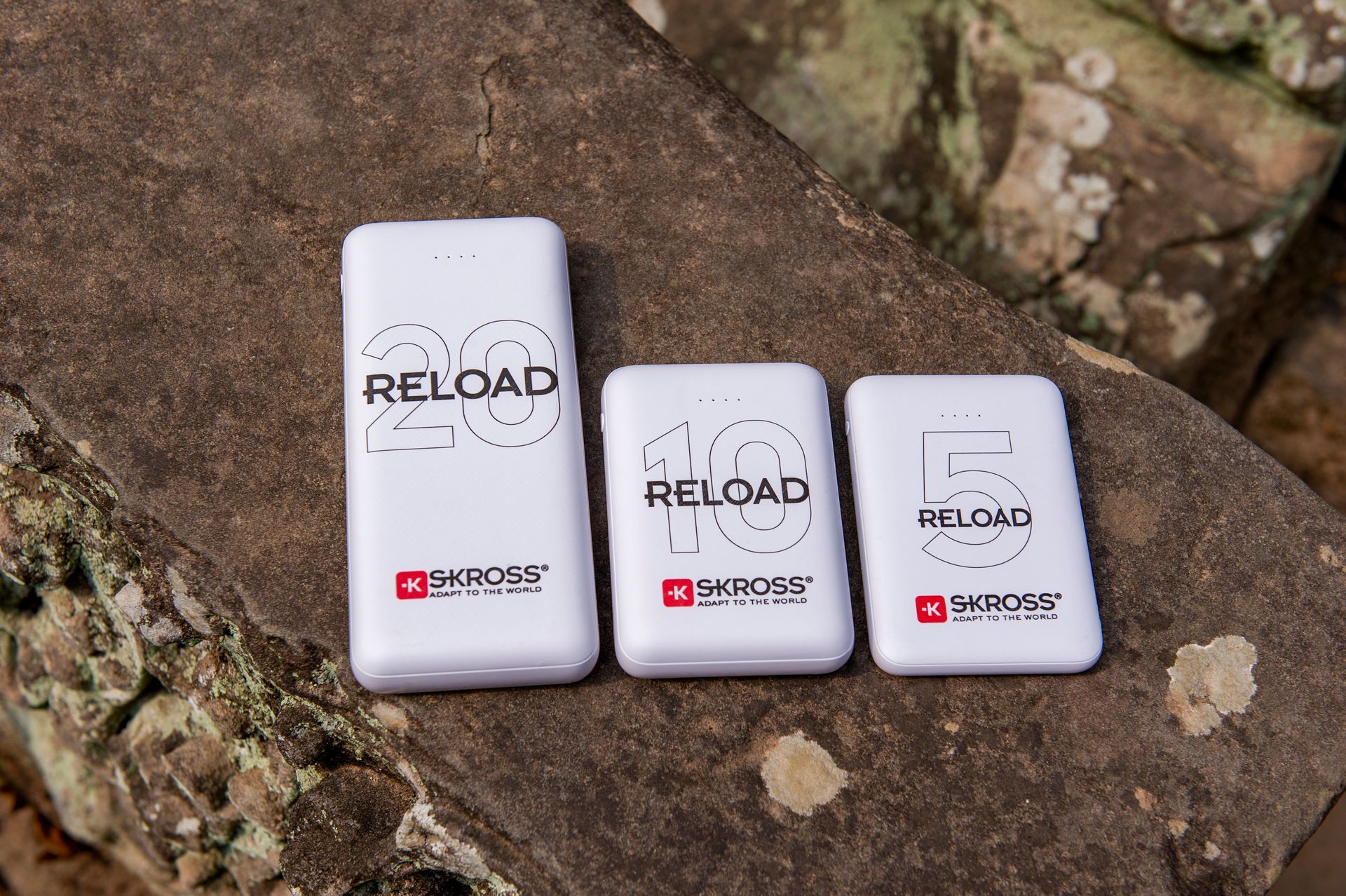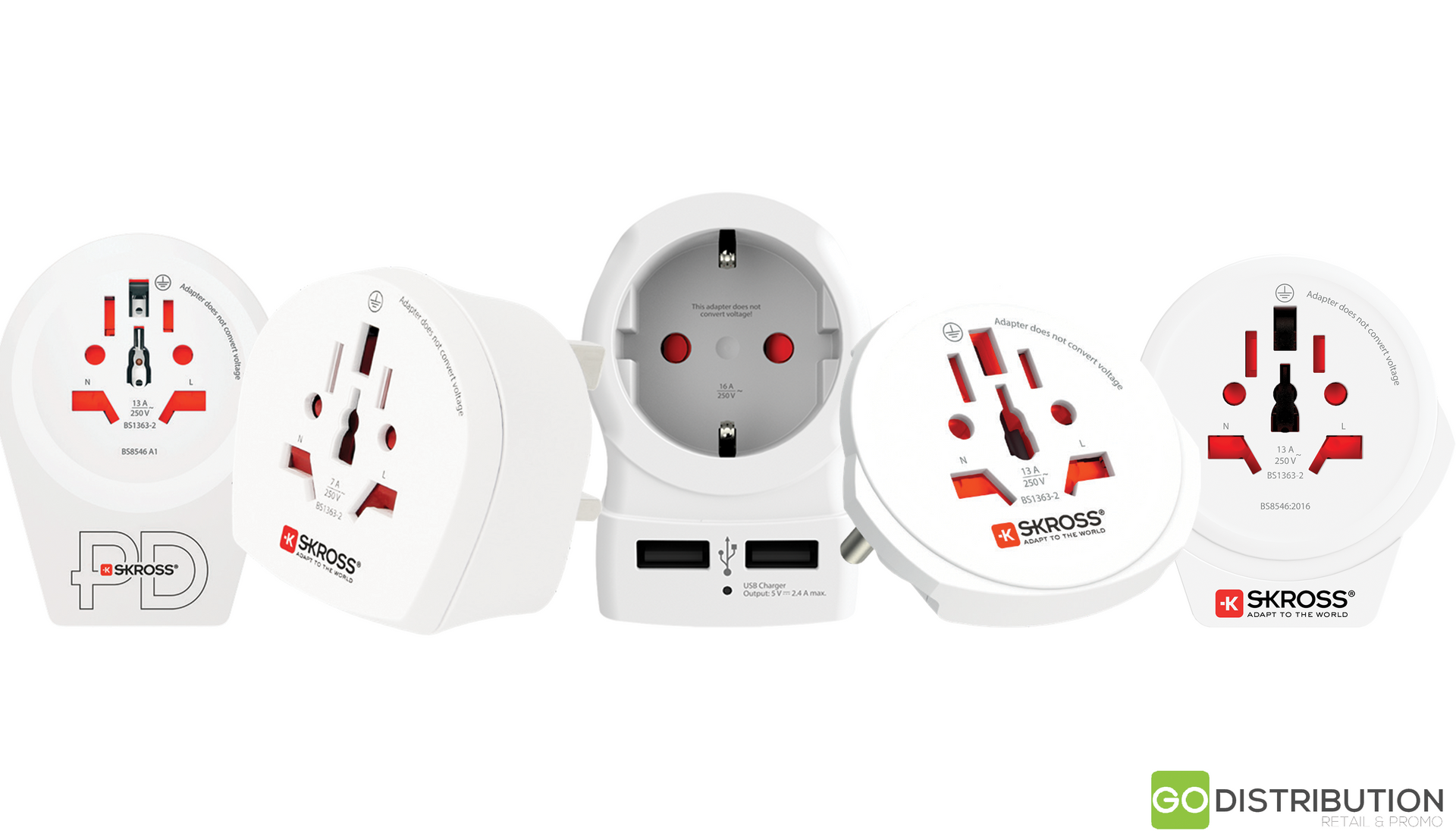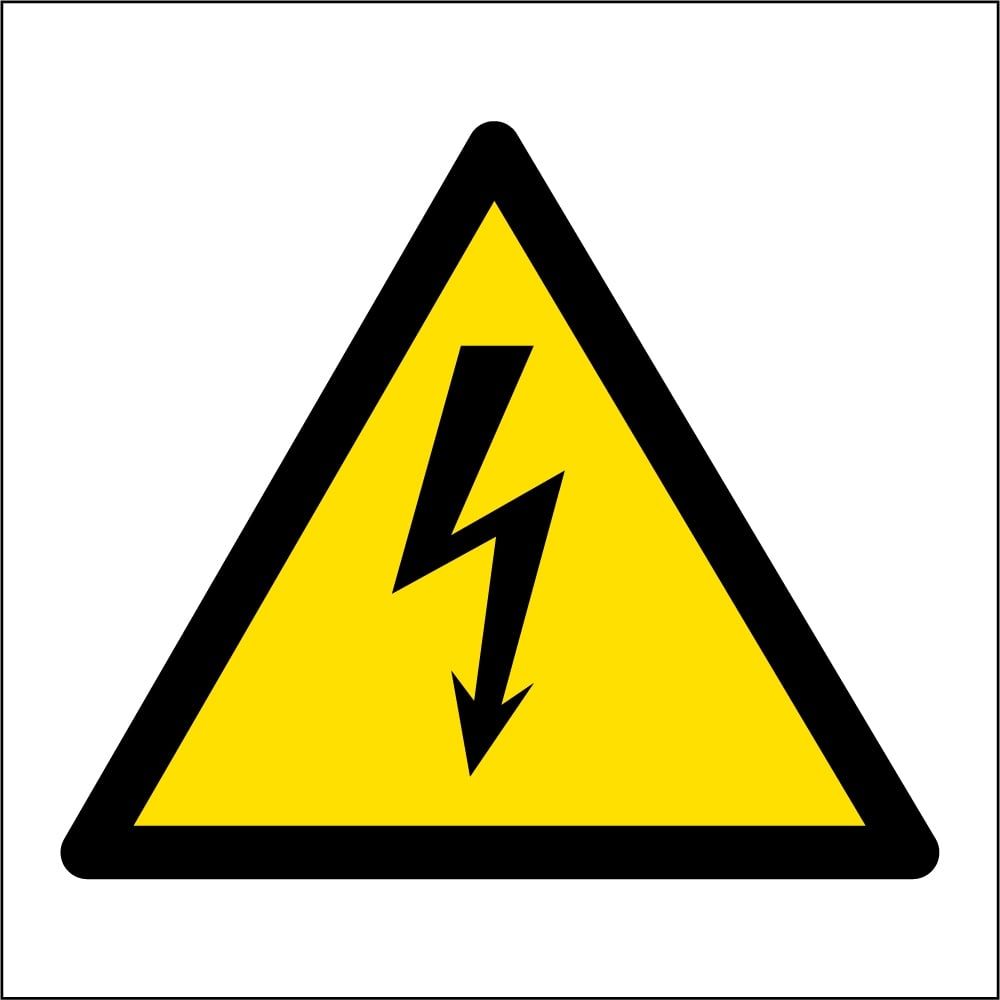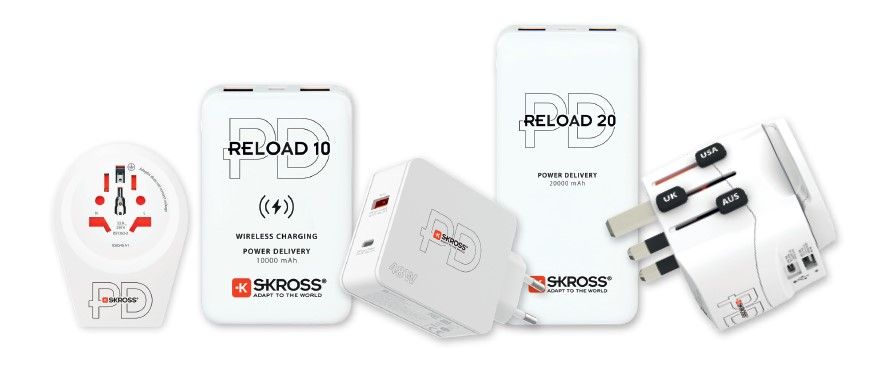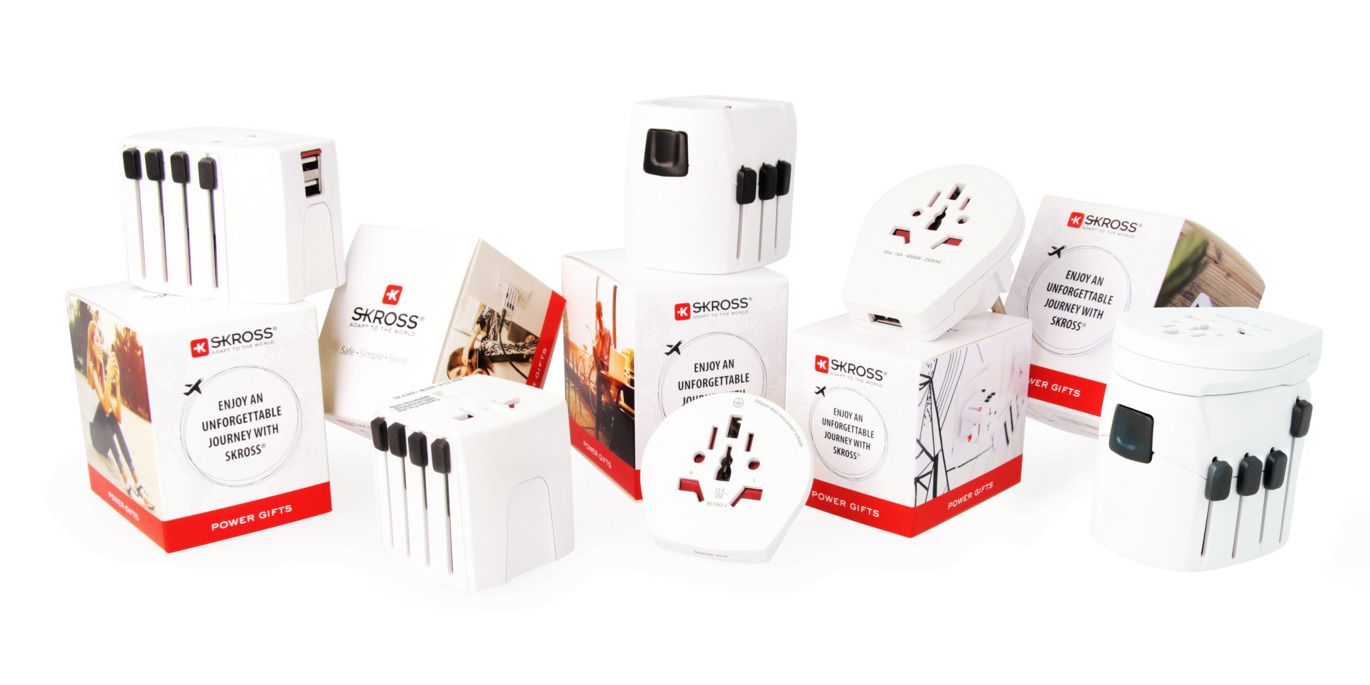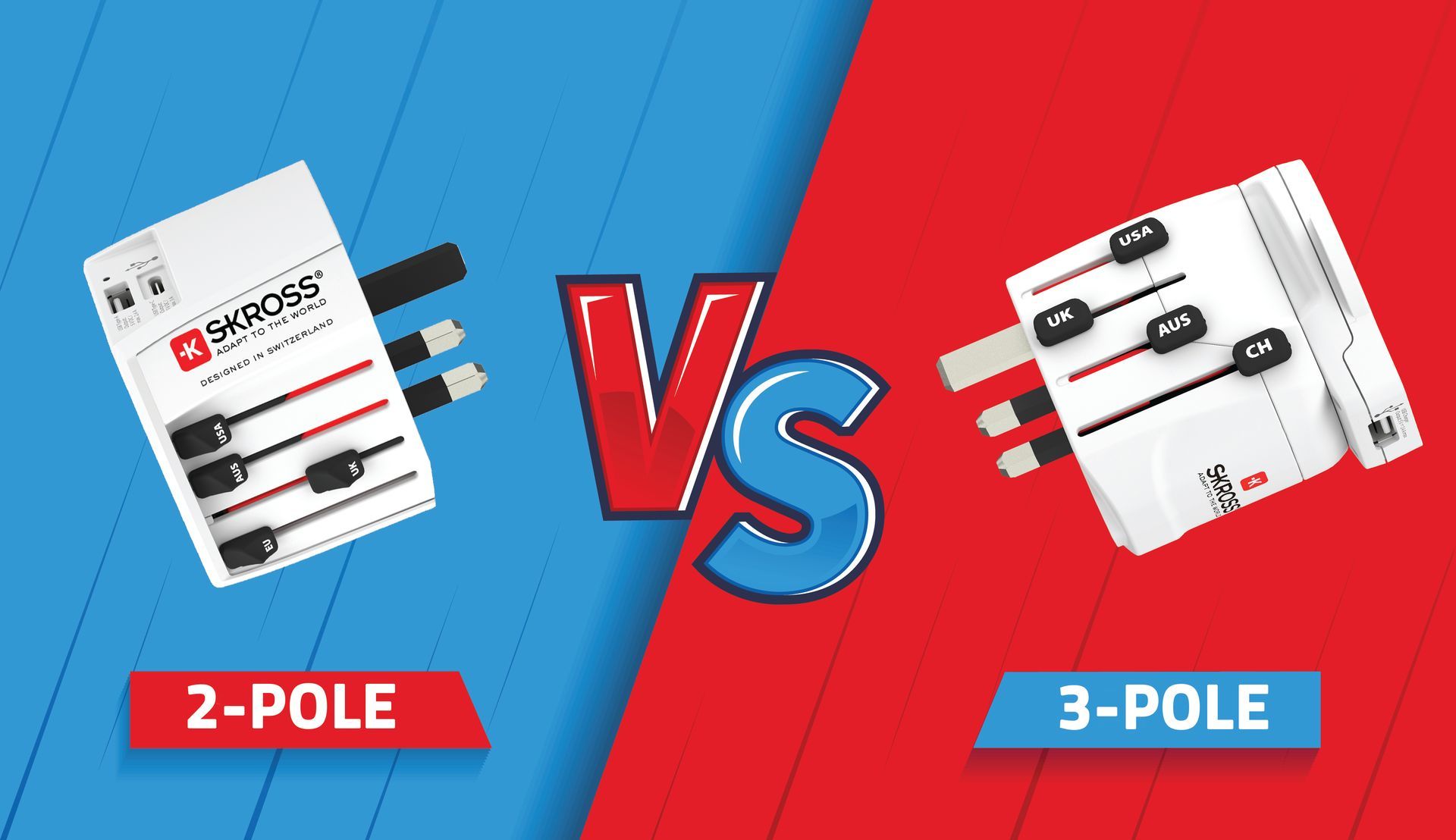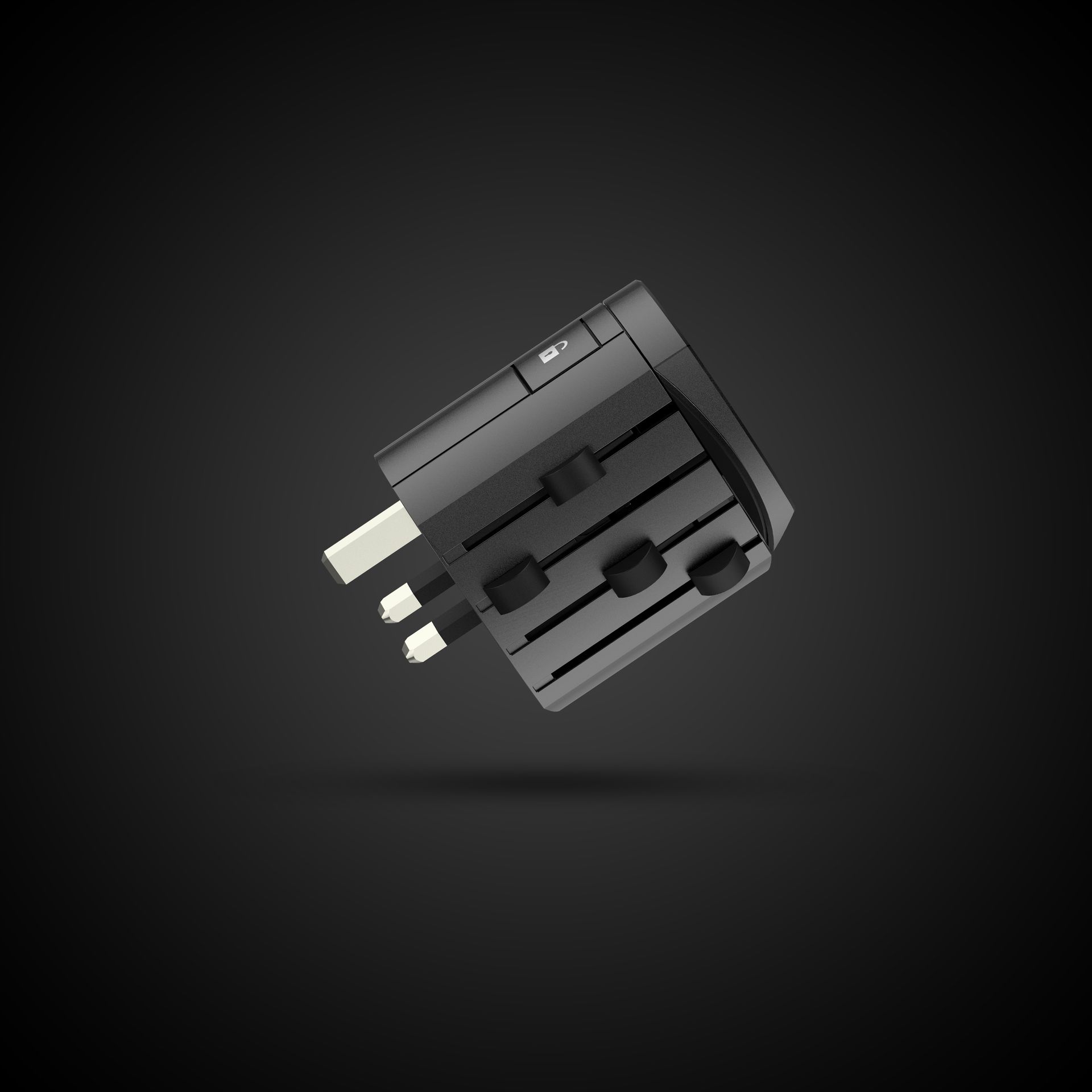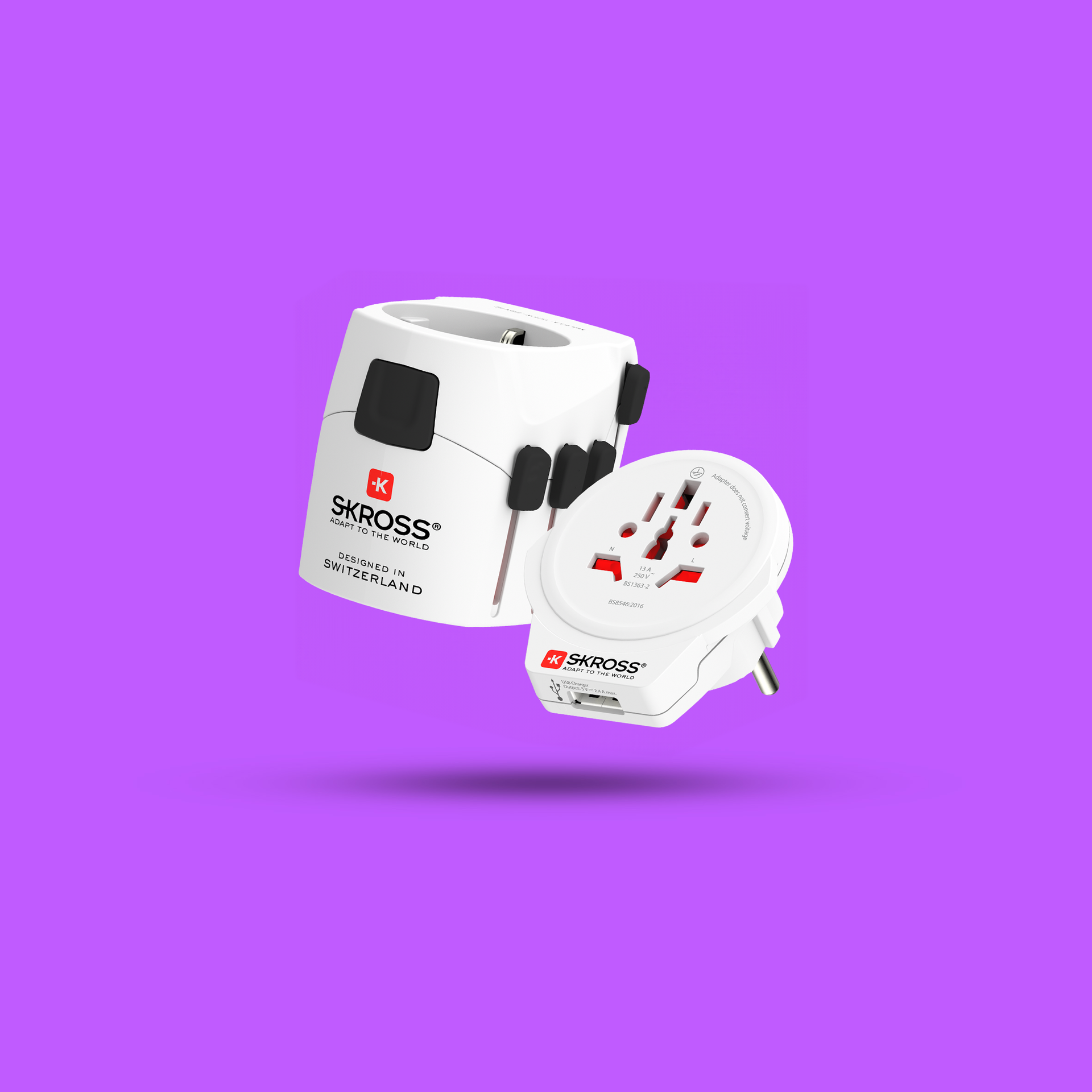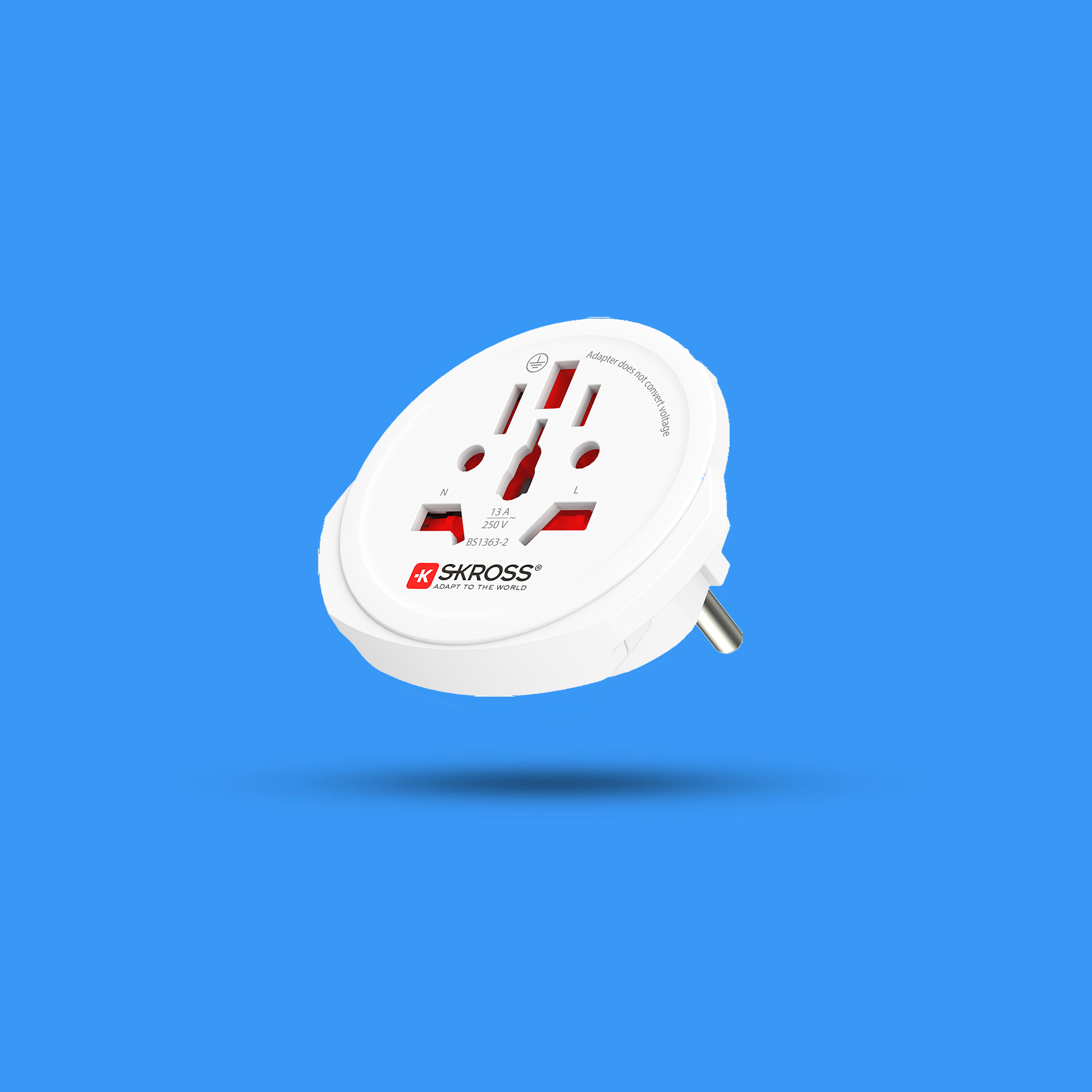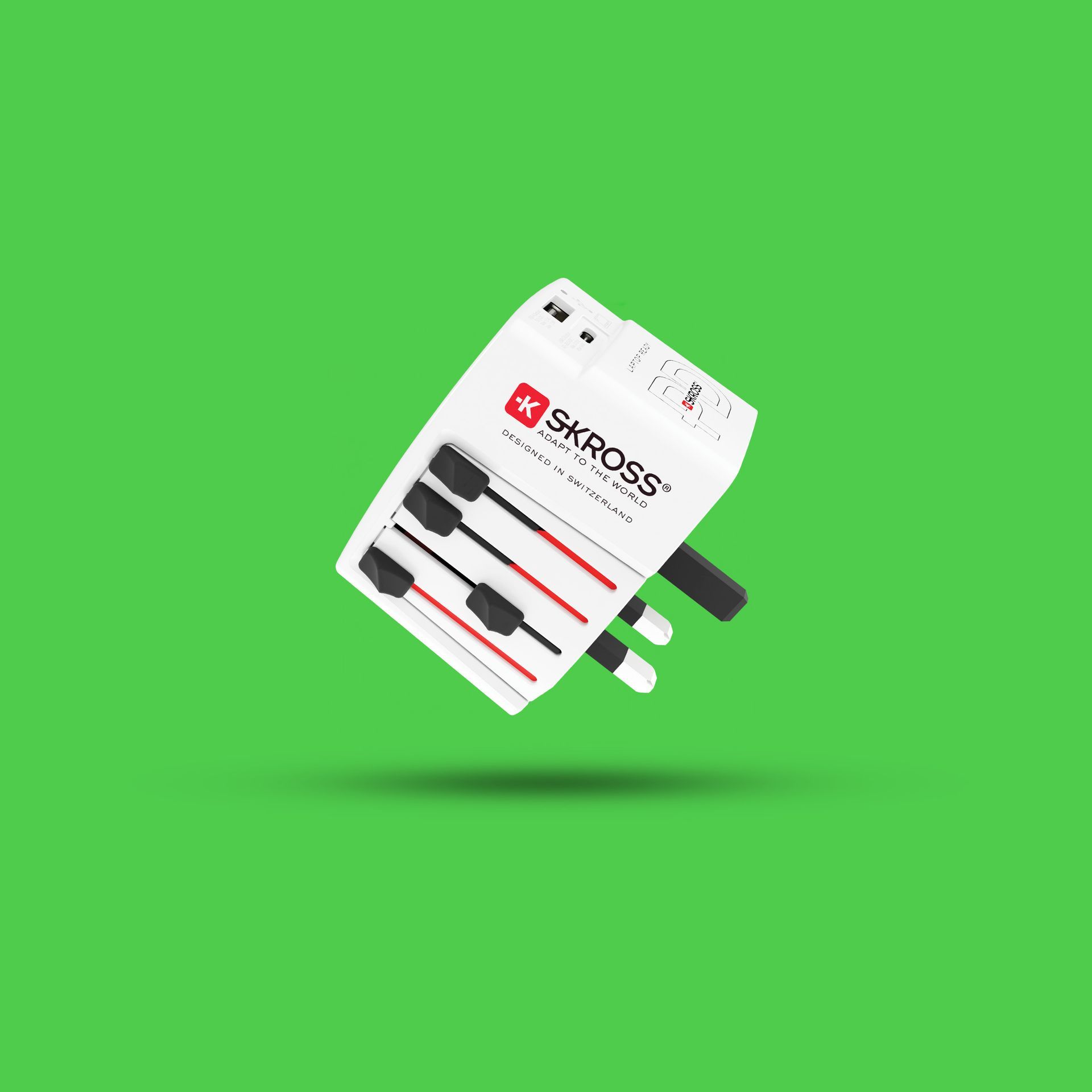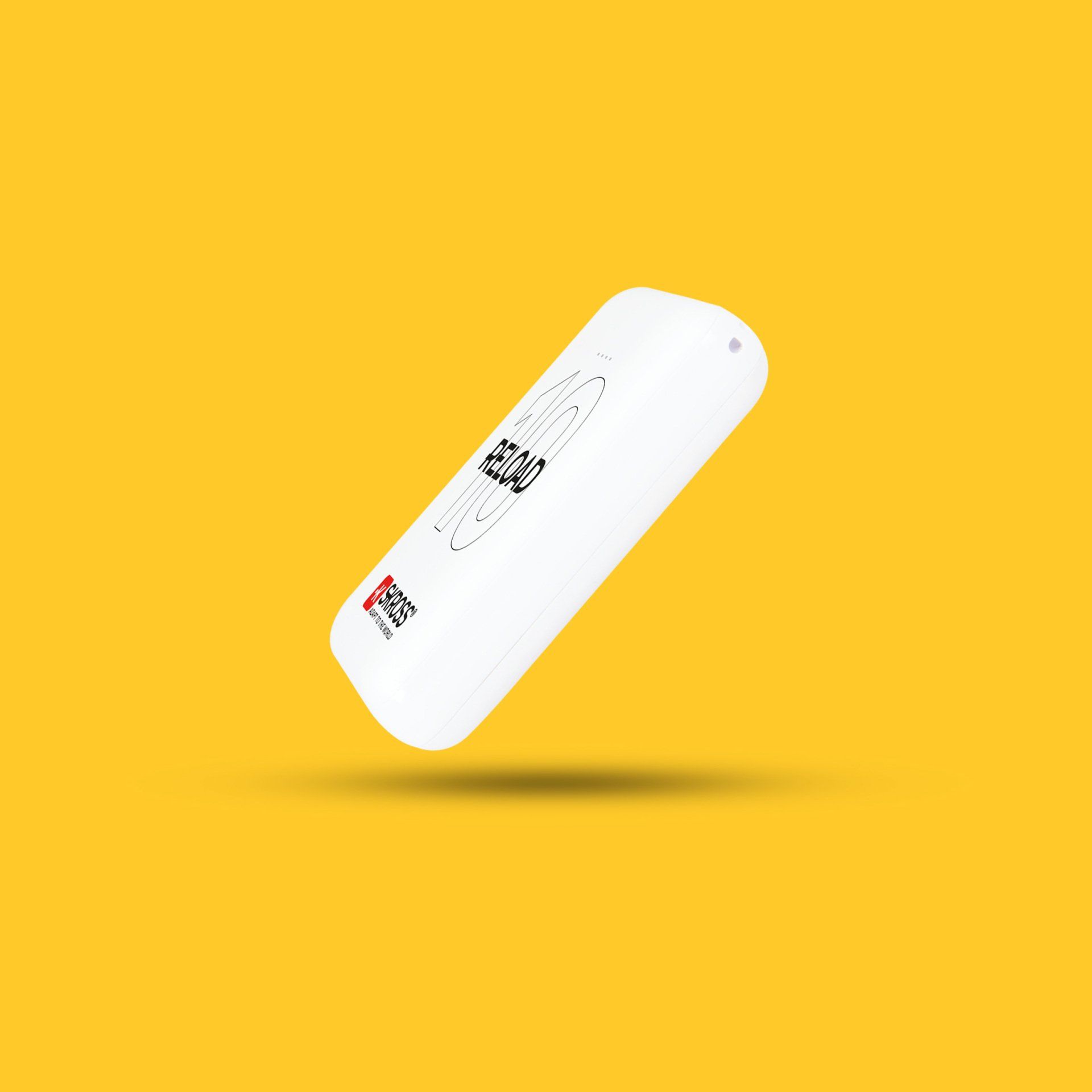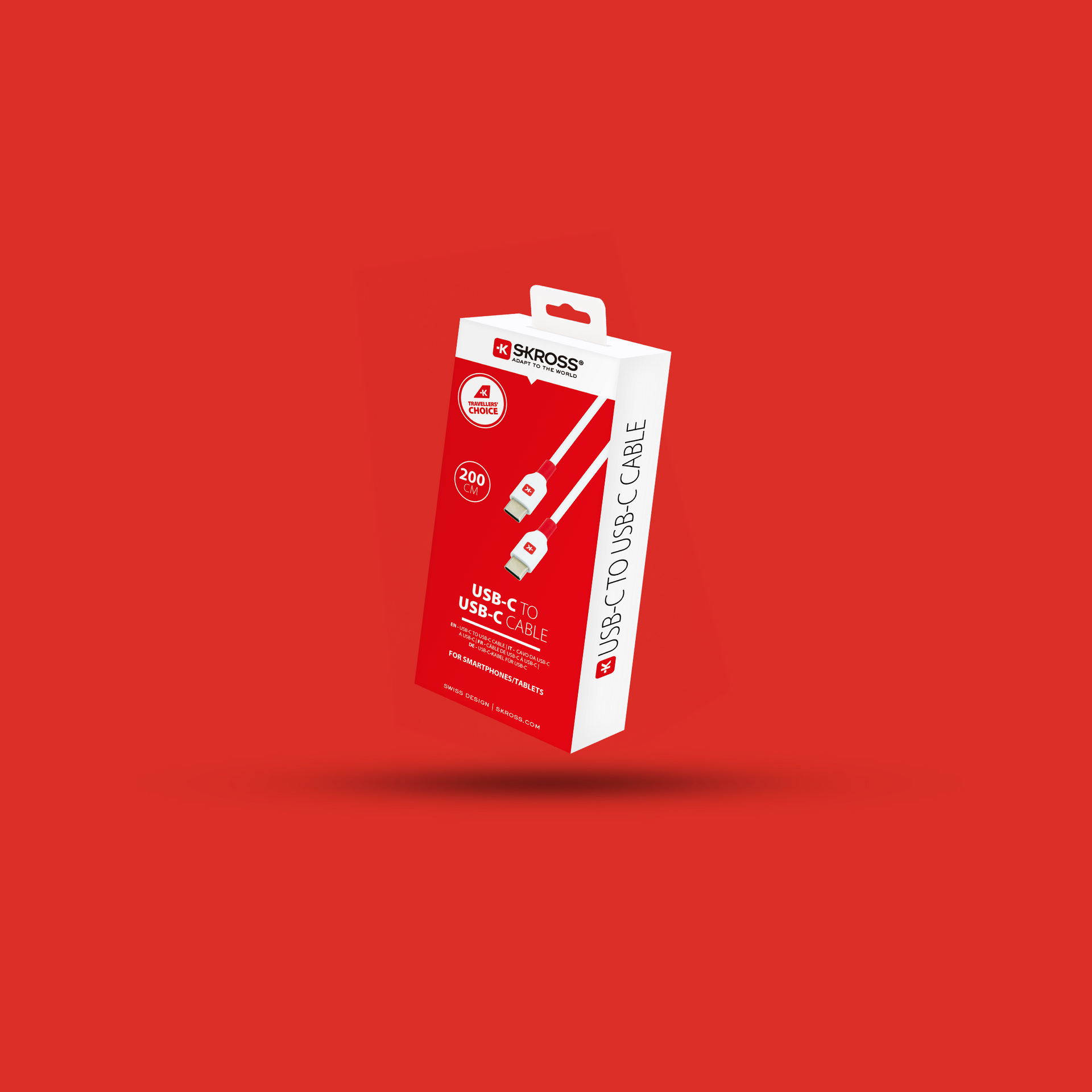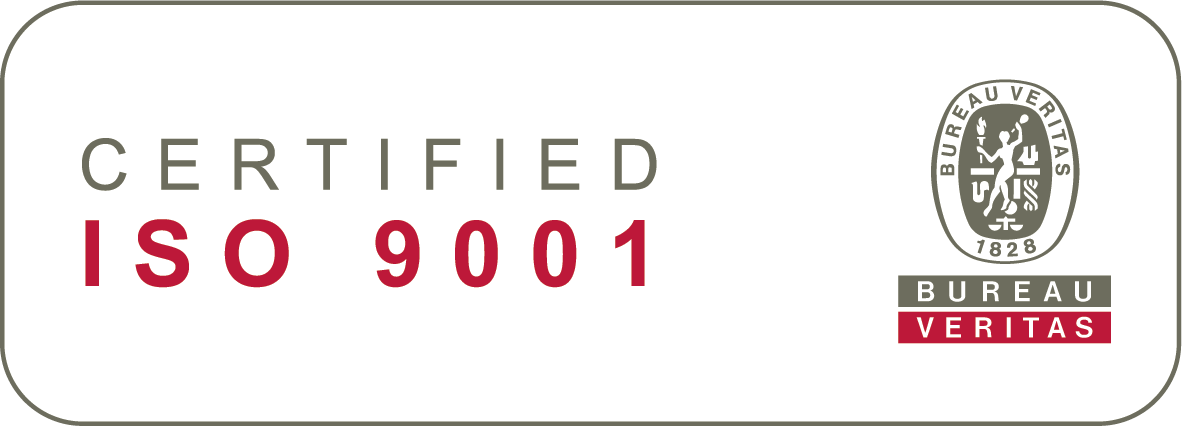Different types of USB charging cables and their key features
Which USB charging cable is best?
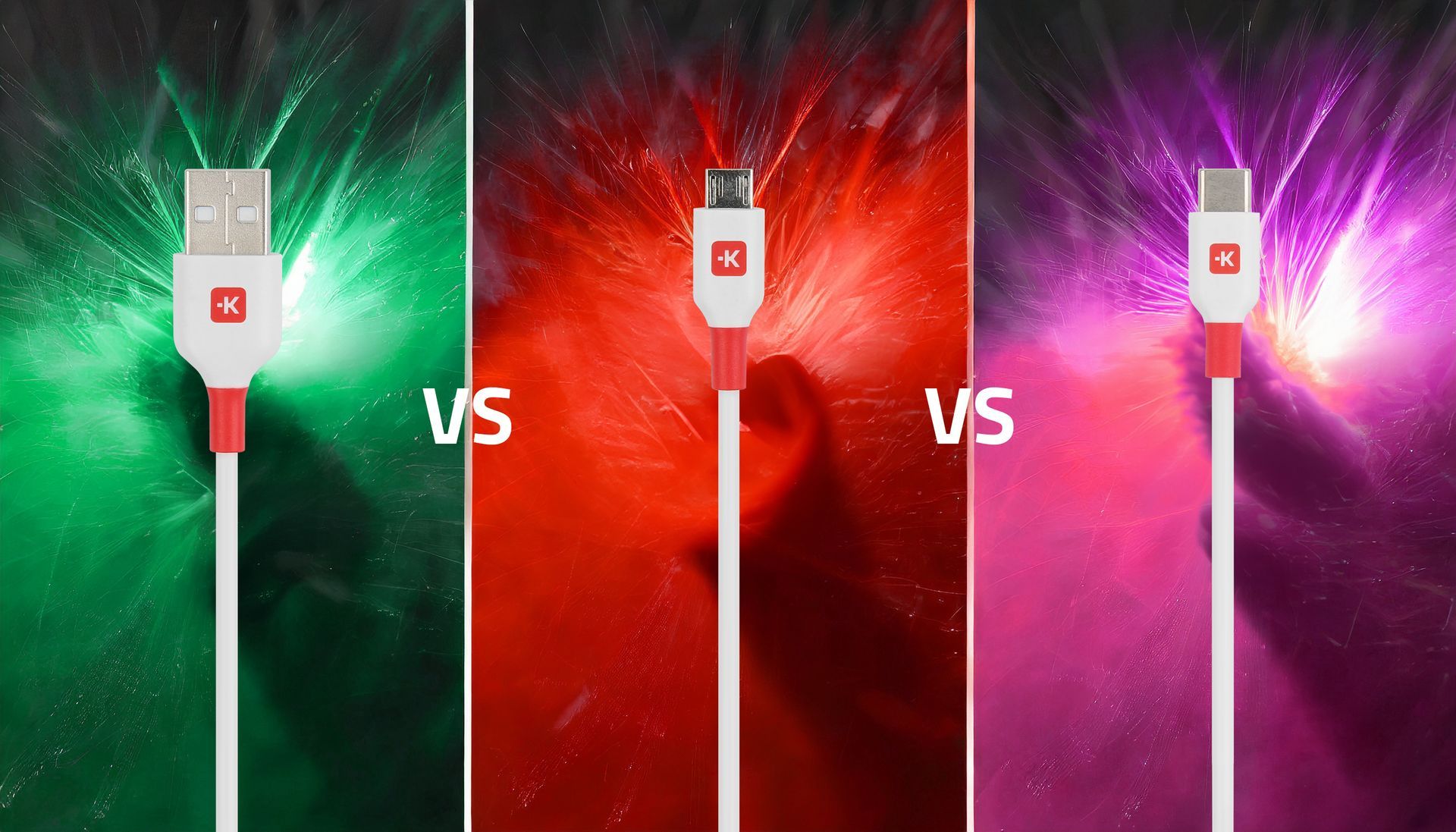
Introduction
Cables we use to charge and connect our devices play a crucial role in the world of modern technology. With demand for faster speeds growing there are three industry favourites, USB-A, Micro USB, and USB-C. In this blog post we’ll explore these three heavyweights’ advantages, disadvantages and which comes out on top.
USB-A: The Legacy Connection
Technology: USB-A is the older standard that has been around for decades. Launched in 1996 it offers a maximum data transfer rate of 5 Gbps and is instantly recognisable by its rectangular shape with a flat top. USB A connectors have served as a reliable and widely used standard, but as technology progresses, newer connectors like USB-C offer additional features and advantages that may make them more appealing for certain applications.
- Pros: Widely compatible with various devices, simple and robust design.
- Cons: Slower data transfer rates compared to newer standards, lacks reversible connection.

Micro USB: The Smartphone Pioneer
Technology: Micro USB is a smaller and more compact version of USB-A, commonly found in older smartphones, cameras, and other portable devices. It operates at USB 2.0 speeds (480 Mbps). While Micro USB has served as a widely adopted and reliable standard for many years, its limitations in terms of data transfer speeds, power delivery, and the non-reversible design have led to the development and adoption of newer standards like USB-C in many modern devices. The choice between Micro USB and newer standards depends on the specific needs and compatibility requirements of the devices in question.
- Pros: Slim design, common in older devices, cost-effective.
- Cons: Limited data transfer speeds, non-reversible connector, more easily damaged.

USB-C: The Universal Connector
Technology: USB-C is the latest and most advanced standard, offering faster data transfer rates (up to 40 Gbps for USB 4) and supporting various protocols like Thunderbolt 3. USB-C brings numerous advantages, including its reversible design, versatility, and faster data transfer speeds. However, the transition period and potential compatibility issues should be considered, especially when dealing with a mix of newer and older devices.
- Pros: Reversible connector, faster charging, higher data transfer speeds, supports multiple protocols.
- Cons: Adoption is still yet to happen for some devices, may require adapters for older USB-A and Micro USB ports.

Skross: Commitment to compatibility
The travel accessories brand Skross recognized the need for universal compatibility and fast charging capabilities and has embraced USB-C technology to enhance its products. Many Skross travel accessories now come equipped with USB-C ports, ensuring compatibility with the latest devices while still supporting USB-A and Micro USB connections. This means users can charge a wide range of devices with a single cable.
With USB-C technology, Skross products offer faster charging speeds through power delivery (PD), ensuring that your devices are ready to go when you are. Whether you're in an airport lounge a remote location or at home, Skross travel accessories keep you powered up. Skross has included the reversible design of USB-C connectors into its travel accessories, which removes the frustration of trying to plug in the cable the right way. This feature is user-friendly and adds convenience to your travel experience.
Conclusion
Reflecting on the world of cable connectivity, USB-A, and Micro USB cables continue to play pivotal roles with the future leaning to USB C. Skross's commitment to harnessing the latest technologies ensures that its travel accessories not only keep up with the times but also enhance the user experience. Embrace the power trio, stay connected, and explore the world with Skross.
Check out our extensive range of cables for all of your charging needs.
